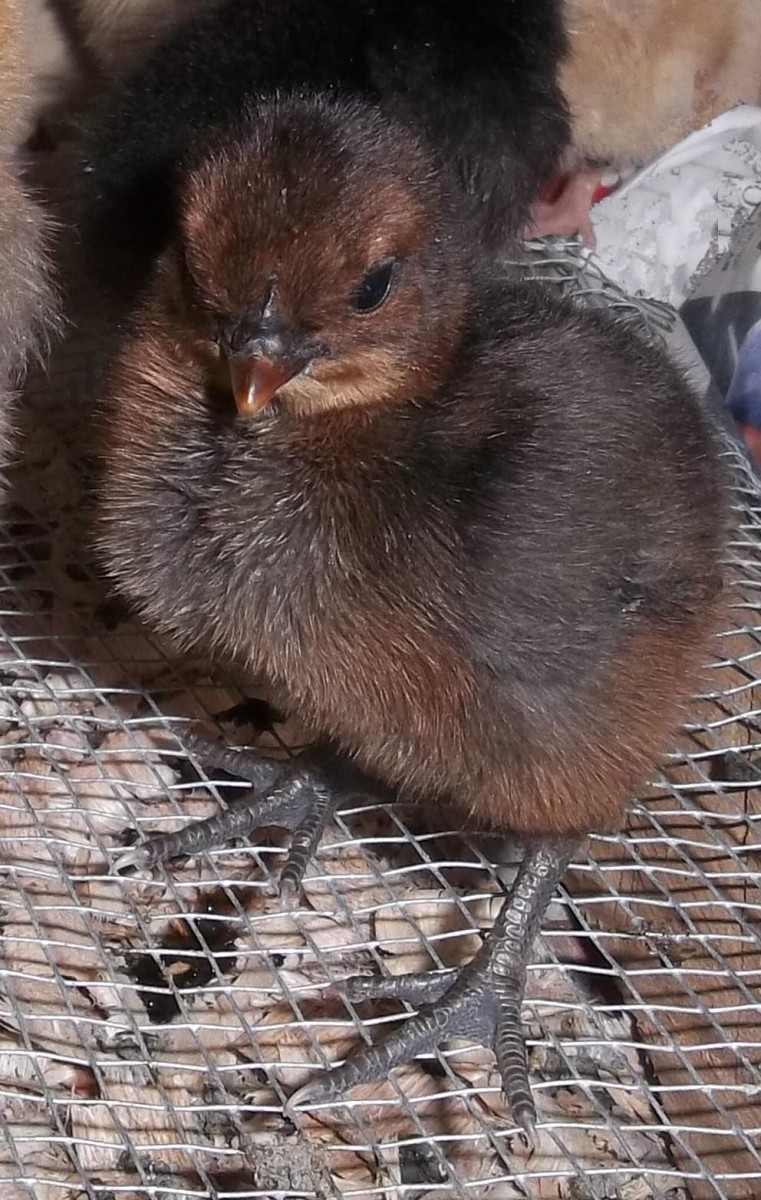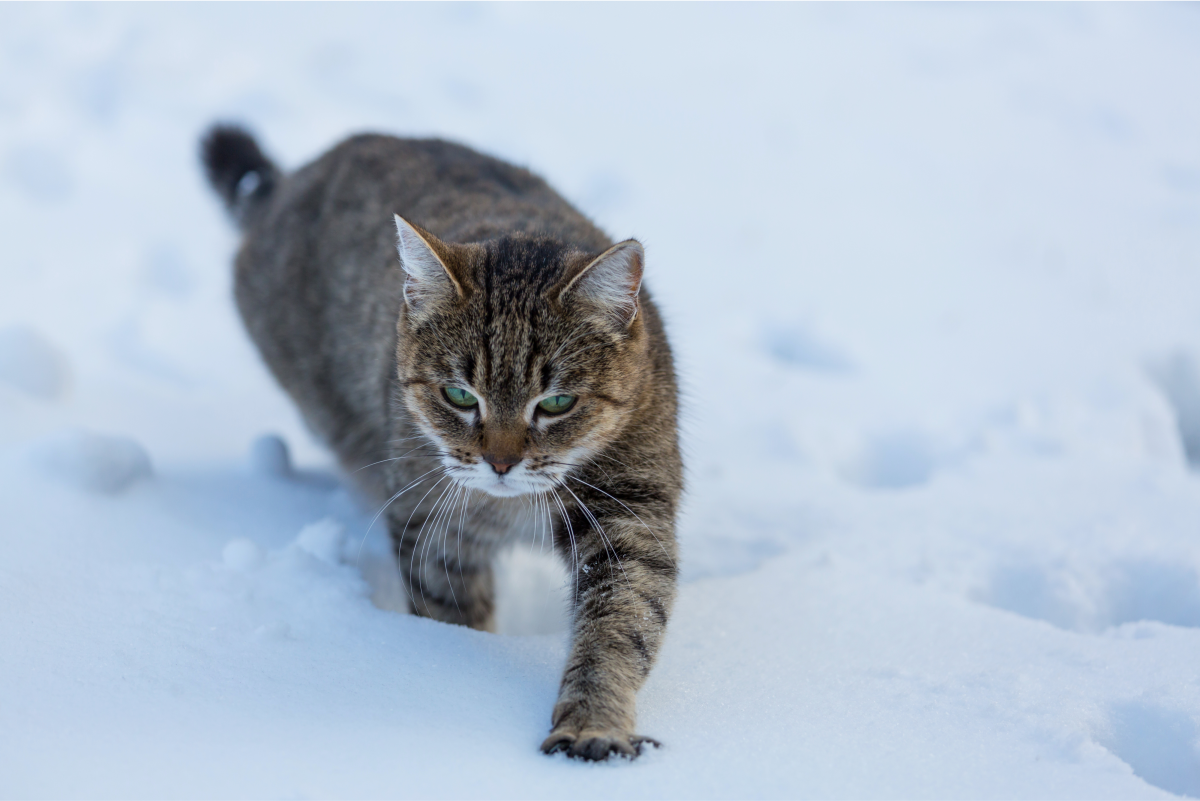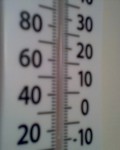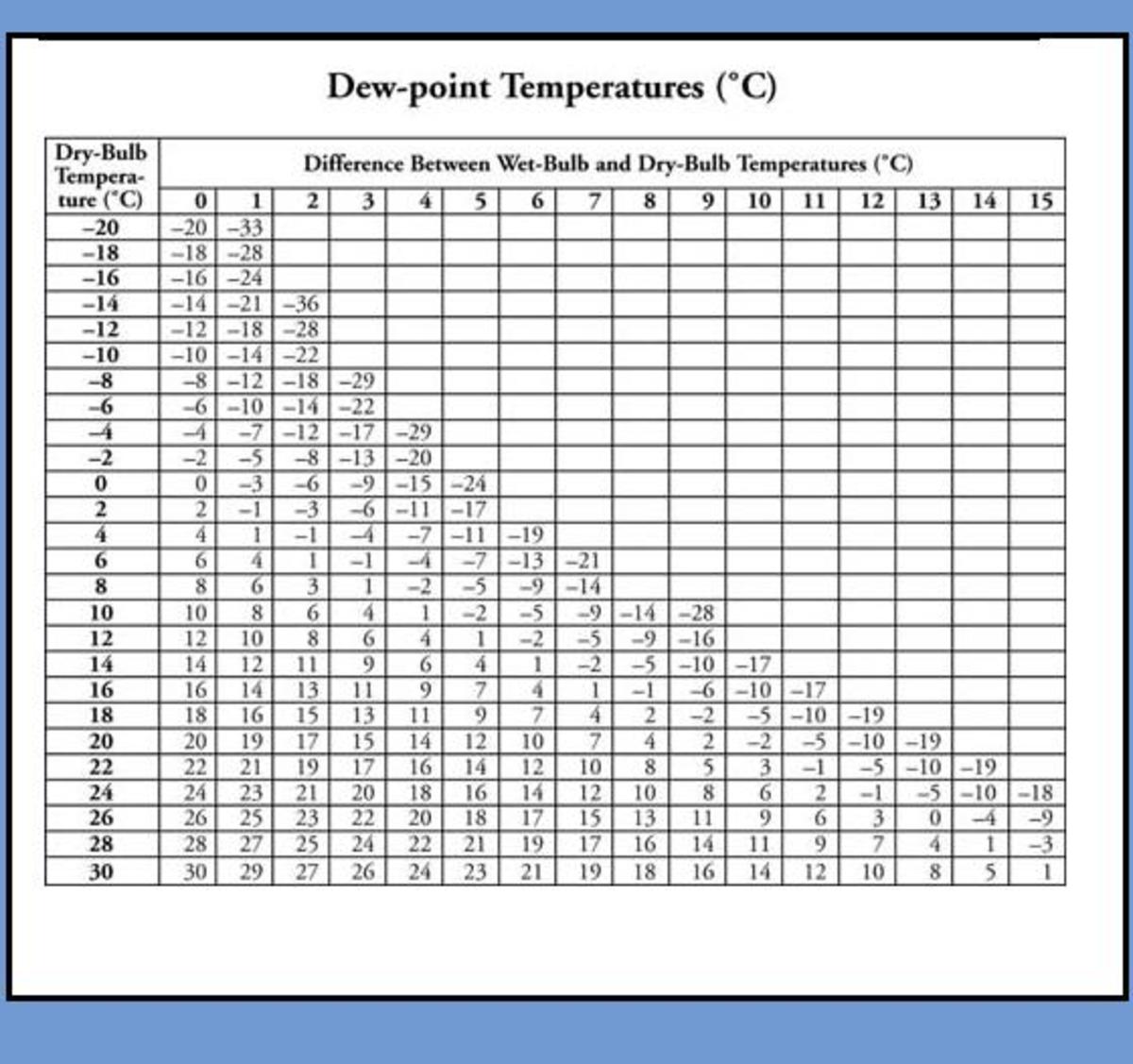Proper Internal Cooking Temperatures Guide- Avoid Food Related Illnesses
Grilled Hamburgers
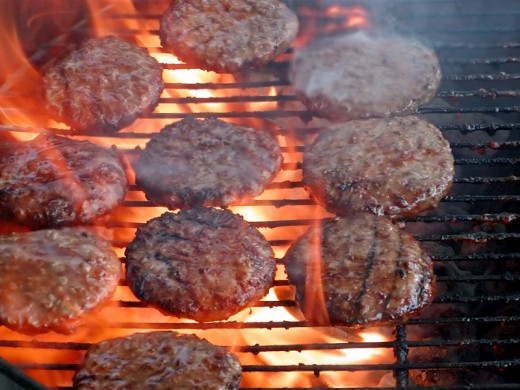
Proper Internal Food Temperature is Essential for Good Health
Over 600 people became sick and four children died after eating at Jack in the Box restaurants in 1993. Undercooked hamburgers contaminated with E. coli bacteria was the cause. E. coli is a bacterium that can cause diarrhea, abdominal pain, and possibly death.
Most meats, poultry, and eggs must be cooked thoroughly to avoid food poisoning from several possible bacteria. Salmonella and E. Coli are the most common bacteria that cause food-borne illnesses. The chances of becoming sick are greatly increased ff you don't prepare your foods properly.
Don't rely on appearance to determine if food is done. Use a meat thermometer religiously to test the internal temperature of foods. This ensures that all potential bacteria have been destroyed. Use the meat thermometer for all foods. Test the internal temperatures of casseroles, seafood, and stews.
Internal Food Temperatures Guide (Source: USDA)
This is a list of the internal temperatures that different foods must reach to kill bacteria. These are not the temperatures to use to cook the food.
Precooked Ham- 140 degrees F
Medium Rare Beef, Lamb or Veal- 145 degrees F
Fish and Shellfish- 145 degrees F
Eggs and Egg Dishes- 160 degrees F (Both whites and yolks will be firm)
Medium Beef, Lamb or Veal- 160 degrees F
Ground Beef or Ground Pork- 160 degrees F
Uncooked Ham- 160 degrees F
Pork- 160 degrees F
Ground Chicken or Ground Turkey- 165 degrees F
Casseroles, Stews, and Stuffing- 165 degrees F
Well Done Beef, Lamb, Pork or Veal- 170 degrees F
Chicken Breast- 170 degrees F
Whole Chicken or Turkey- 180 degrees F
Chicken Thighs or Wings- 180 degrees F
Duck or Goose- 180 degrees F
Take care when regarding that classic Thanksgiving dish, stuffing. Most people agree that stuffing should be cooked inside the bird, hence its name. However, this increases the risks of the stuffing causing food poisoning. The USDA recommends cooking the stuffing in a separate casserole dish. A compromise is to cook the stuffing in the same roasting pan as the turkey, but on the outside surrounding the turkey. This will allow both the stuffing and the turkey to cook more evenly. Be sure to check the temperatures with a meat thermometer anyway.
After reaching the proper internal temperature, take the food from its heat source. Let it stand for at least ten minutes. During this time, the food will continue to cook and the temperature can rise up to twenty degrees Fahrenheit. This also allows the juices in meats to become redistributed.
Using proper safety precautions, most food-borne illnesses can be prevented. Follow the proper cooking internal temperature guidelines. And remember to always, always double-check the temperatures of cooked foods with a meat thermometer before eating.

